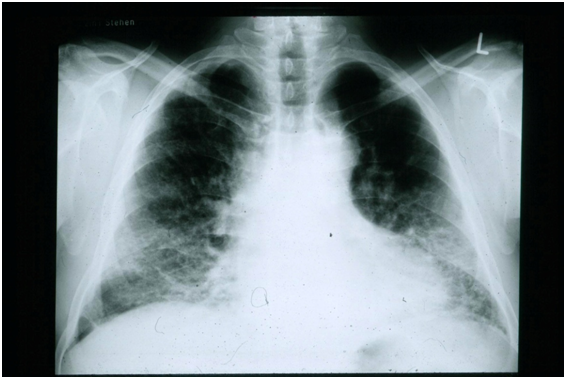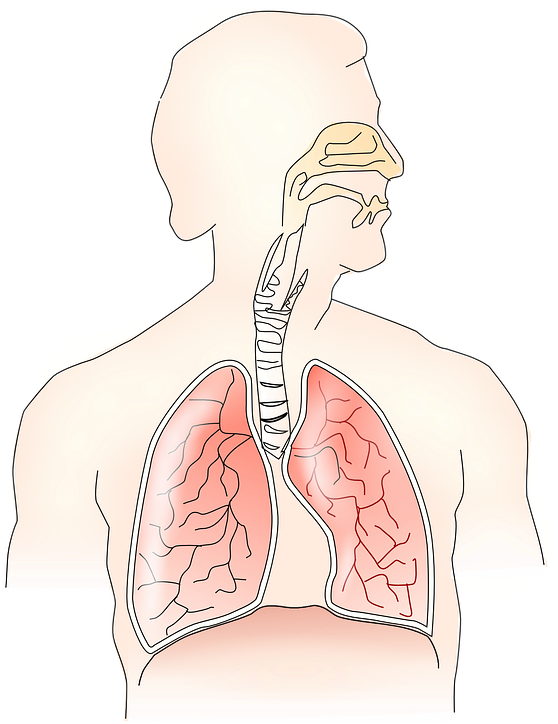
Image Credit
Our lungs are constantly at risk from the dust we breathe, so it is fortunate that they have their own built-in defence mechanism. Mucus produced by the bronchi and bronchioles helps to capture dust and move it out of the lungs. Any other dust particles are dealt with by the alveoli, which are tiny air sacs in the lungs that help the body to receive oxygen and release harmful carbon dioxide.
How the lungs react to dust
If particles of dust evade other defence mechanisms, they may end up in the deepest part of the lungs. There they are dealt with by cells called macrophages, which ingest the dust and then move out of the lungs into to the throat; however, if the amount of dust that settles in the lungs and the macrophage system fails, damage to the lungs can occur.
If the macrophages swallow a significant amount of silica, they die and produce a toxic substance that scars the lungs. Crystalline silica can cause so much scar tissue to form that the scarring causes fibrosis known as silicosis, which can lead to respiratory failure.

Many factors can influence the way your lungs react to dust, including your breathing patterns and whether you smoke. Cigarettes can seriously impair the lungs’ ability to clear themselves, while deep, long breaths or breathing in through the nose or mouth can also have an effect.
Dust and disease
When the lungs are unable to cope with the inhalation of dust, pneumoconiosis occurs. This literally means ‘dusty lung’. Risks in the workplace can be greatly minimised by investing in a good-quality dust extraction system and an effective ductwork blast gate damper, which is available from trusted suppliers such as https://www.dustspares.co.uk/Blast-Gate-Damper.html.
Protecting the lungs from dust
If dust is likely to be a hazard in the workplace, effective strategies need to be employed to protect workers from lung damage. An effective dust extraction system and the deployment of engineering control methods, such as the use of wet processes, should be considered.
Good housekeeping, the effective use of vacuums and efficient storage can all contribute, while careful planning to minimise exposure to toxic and harmful dust should be a top priority for senior management. Prevention and control should always be integral to a safe and well-managed workplace.
